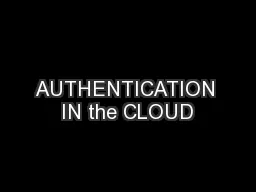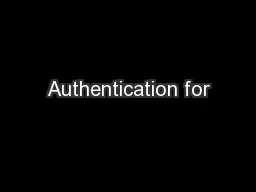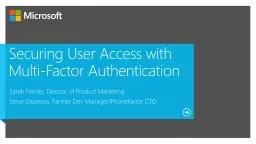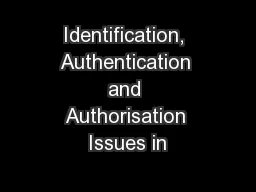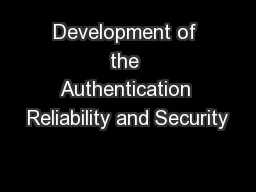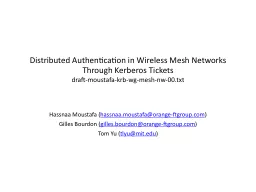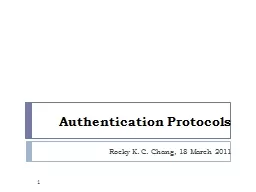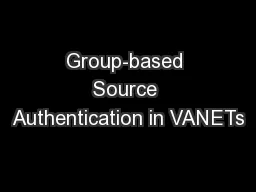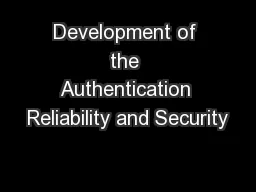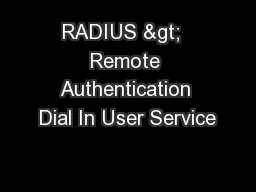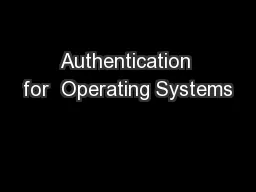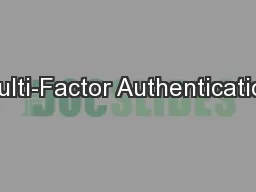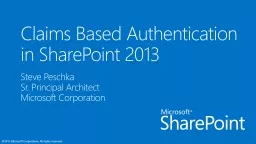PPT-Cell Line Authentication
Author : fanny | Published Date : 2022-06-15
ICLAC 2021 Challenges of using cell lines in biomedical research 2 Authentication Misidentification Intraspecies crosscontamination Interspecies crosscontamination
Presentation Embed Code
Download Presentation
Download Presentation The PPT/PDF document "Cell Line Authentication" is the property of its rightful owner. Permission is granted to download and print the materials on this website for personal, non-commercial use only, and to display it on your personal computer provided you do not modify the materials and that you retain all copyright notices contained in the materials. By downloading content from our website, you accept the terms of this agreement.
Cell Line Authentication: Transcript
Download Rules Of Document
"Cell Line Authentication"The content belongs to its owner. You may download and print it for personal use, without modification, and keep all copyright notices. By downloading, you agree to these terms.
Related Documents


